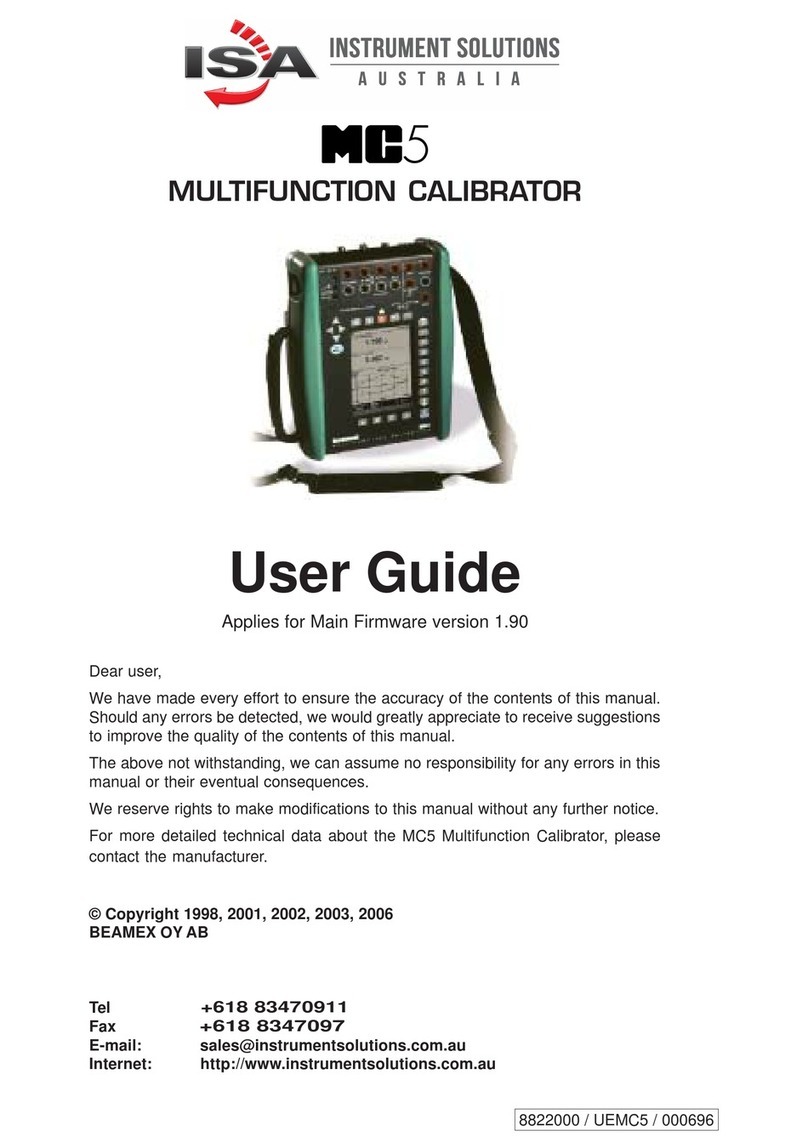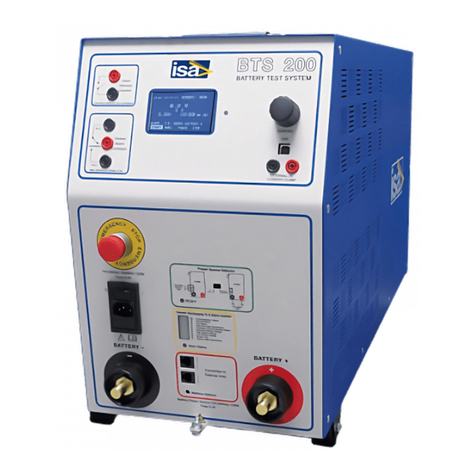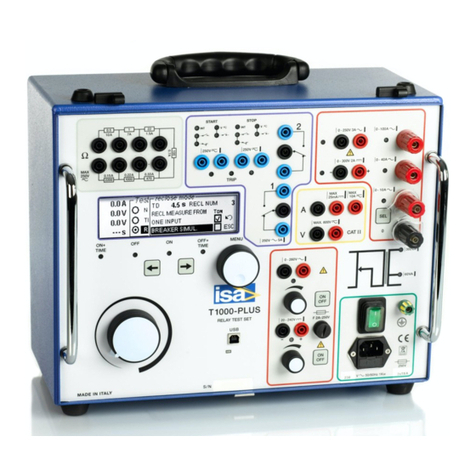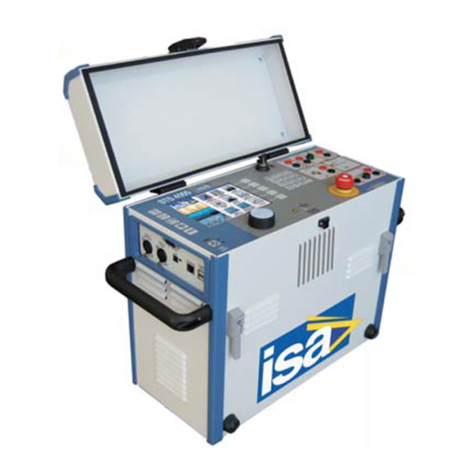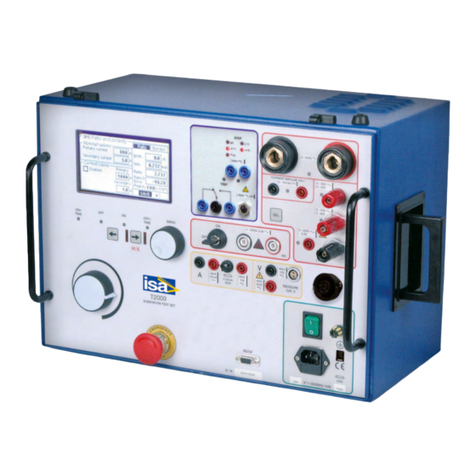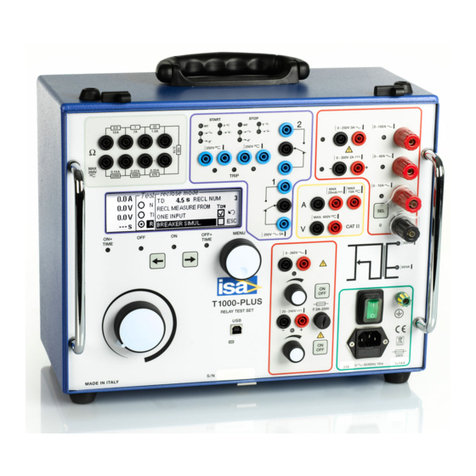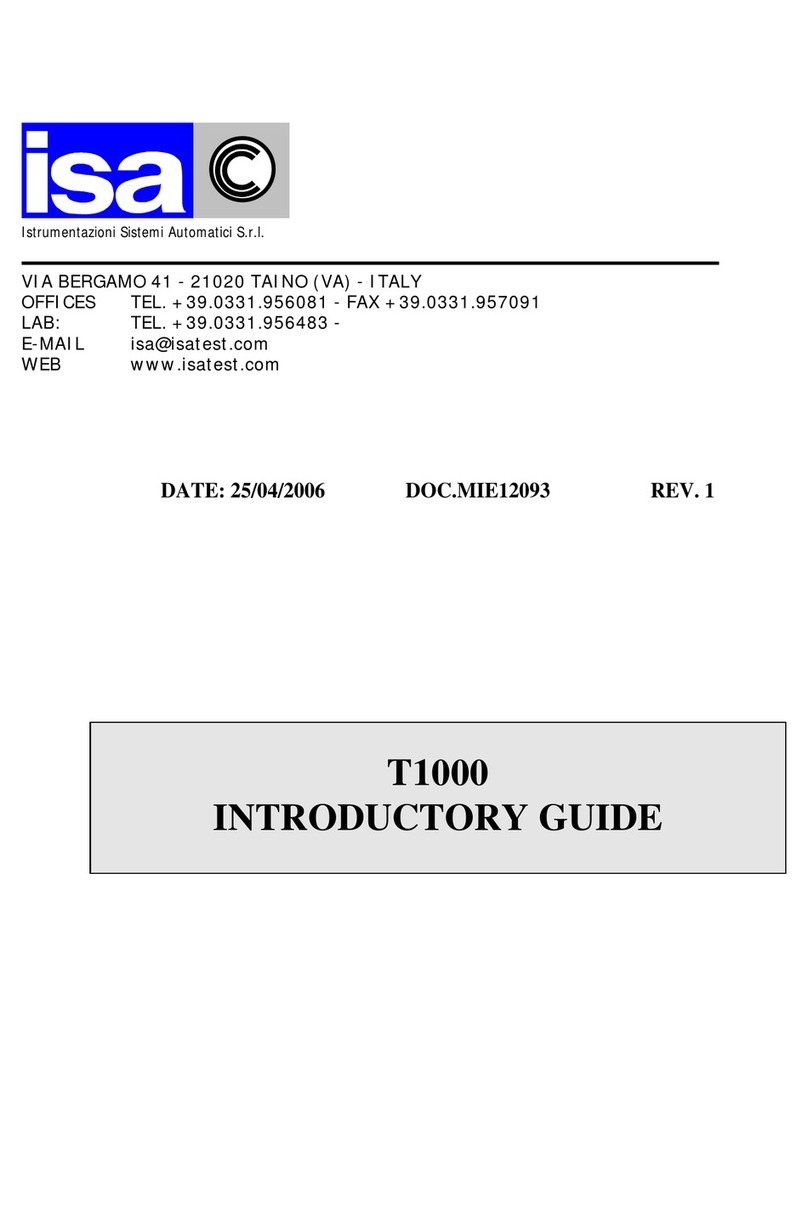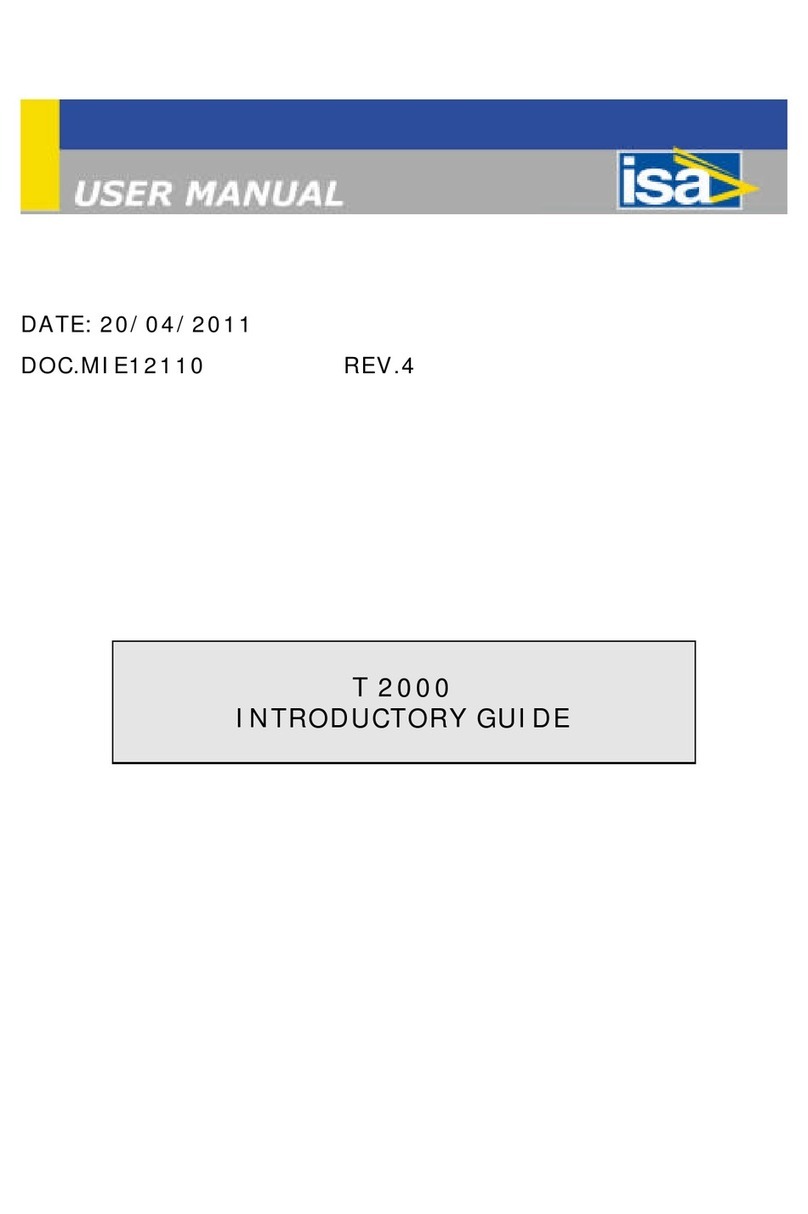DOC. SIE91093 Rev. 7 Page 3 of 37
APPLICABLE STANDARDS .........................................................................................................................................4
1 INTRODUCTION ....................................................................................................................................................... 5
2 CHARACTERISTICS ................................................................................................................................................8
2.1 MAIN GENERATOR.................................................................................................................................................... 8
2.1.1 Main AC current............................................................................................................................................... 8
2.1.2 Main AC voltage ............................................................................................................................................... 9
2.1.3 Main DC voltage...............................................................................................................................................9
2.1.4 Other features of main outputs....................................................................................................................... 10
2.2 AUXILIARY AC VOLTAGE ....................................................................................................................................... 10
2.3 AUXILIARY DC VOLTAGE .................................................................................................................................... 13
2.4 TIMER ..................................................................................................................................................................... 14
2.5 TEST CONTROL........................................................................................................................................................ 15
2.6 AUXILIARY CONTACTS............................................................................................................................................. 16
2.7 OUTPUTS MEASUREMENT........................................................................................................................................ 17
2.7.1 Current and voltage ........................................................................................................................................ 17
2.7.2 Phase angle..................................................................................................................................................... 18
2.7.3 Other measurements....................................................................................................................................... 18
2.8 EXTERNAL INPUTS MEASUREMENT......................................................................................................................... 19
2.8.1 Current measurement..................................................................................................................................... 19
2.8.2 Voltage measurement...................................................................................................................................... 20
2.8.3 Other measurements....................................................................................................................................... 20
2.9 DISPLAY .................................................................................................................................................................. 21
2.10 MENU SELECTIONS................................................................................................................................................ 21
2.11 OTHER CHARACTERISTICS..................................................................................................................................... 27
2.12 OPTIONS ................................................................................................................................................................ 29
2.12.1 Power supply, code PII81093 ....................................................................................................................... 29
2.12.2 Connection cable kit, code ZII18093............................................................................................................ 29
2.12.3 Transit case, code PII17093 ......................................................................................................................... 29
2.12.4 “E” model: higher AC voltage outputs, code PII92093............................................................................... 30
2.12.5 D1000 differential relay test module, code PII40093 .................................................................................. 30
2.12.6 TD1000 PLUS model: auxiliary AC current output, code PII94093.......................................................... 30
2.12.7 TD1000 PLUS 15Hz model: higher power at low frequency, code PII93093............................................. 31
2.12.8 FT/1000 current filter, code PII16093......................................................................................................... 32
2.12.9 SHA-1000 scanning head for T1000 PLUS and T3000, code PII43102..................................................... 32
2.12.10 Outputs transducer and connection cables for low level signal relays..................................................... 33
3 PROTECTIONS ........................................................................................................................................................ 35
APPENDIX 1: AUXILIARY AC OUTPUT FEATURES COMPARISON .............................................................. 36
APPENDIX 2: MENU SELECTIONS FLUX DIAGRAM......................................................................................... 37
Shop for Power Metering products online at: 1.877.766.5412
www.PowerMeterStore.ca












